This innovative approach of upcycled packaging is not only addresses the current issues of excessive waste, but also transforms discarded materials into valuable and functional packaging solutions.
To minimize the effect of packaging on the carbon footprint, the industry needs to introduce a range of new repurposed materials.
Upcycled packaging refers to the creative and innovative reuse of discarded or waste materials in their existing form to create new and valuable packaging solutions.
Upcycling packaging adds value to existing materials by transforming them into higher-quality and more functional products.
This sustainable approach of upcycling packaging or zero waste packaging helps to reduce the demand for new raw materials, minimizes energy consumption and lowers the environmental impact.
This introduction sets the stage for a deeper exploration of upcycled packaging, inviting us to delve into the materials, technologies and design principles that transforms waste into wonder.
Transformation Process: Upcycled packaging involves repurposing existing materials without breaking them down into raw form, while recycled packaging involves breaking down used materials into raw materials before reconstruction.
Value Addition: Upcycled packaging adds value to existing material by transforming them into higher quality, whereas recycled packaging focuses on reusing materials in a more traditional ways.
Example: In upcycled packaging, the original material might retain its form, like a denim jean becoming a packaging material.
In recycled packaging, the original material is typically broken down, such as plastic bottles being melted to create new packaging.
Upcycled packaging significantly participates in waste reduction by utilizing discarded materials that might end up in landfills or oceans if not used.
Manufacturing of new material from scratch often require significant amounts of energy.
Upcycled packaging, on the other hand, generally requires less energy consumption since it uses existing materials rather than creating new one from scratch.
3. Carbon Footprint Reduction
By using repurposed materials into packaging solutions, companies can reduce their carbon footprint.
This is achieved by minimizing the need for extracting, processing and transporting for raw materials, which all are energy-intensive processes.
4. Innovation and Creativity
Upcycled packaging encourages innovation and creativity in design.
Companies can create unique and aesthetically pleasing packaging solutions by repurposing a wide range of discarded materials.
The upcycling process often results in lower greenhouse gas emissions compared to traditional manufacturing process.
6. Circular Economy Promotion
Upcycled packaging aligns with the principles of a circular economy by encouraging the reuse and repurposing of materials.
By adopting upcycled packaging, companies can benefit in cost, as upcycled and recycled materials are often more economical than creating new one from scratch.
Brands, which are using upcycled packaging often create a positive public perception.
In conclusion, upcycled packaging is more than a trend; it’s a dynamic and transformative force with a multiple benefits.
Creating upcycled packaging for paper and paperboard can be both environmentally friendly and creatively engaging.
Here are the top 4 innovative and engaging examples:
1. Seed-Infused Paper Packaging
Concept: Use paperboard packaging material that has embedded seeds, like wildflowers or herbs. So, after using the packaging material, you can plant it, and the seeds will grow.
How It Works: The packaging is made to break down naturally in soil and helps to grow seeds. This idea not only gives the paperboard a new life but also encourages people to care for the environment by planting and growing their own plants.
Example: A paper pouch that, once emptied, can be soaked in water and planted in a garden or pot to grow flowers, herbs, or vegetables.
2. Modular Packaging Structures
Concept: Design packaging in such a way that can be easily transformed into a functional item after its primary use.
How It Works: Paperboard packaging can be perforated to allow it to be folded into new objects like storage boxes, organizers, or even toys for children.
Example: A shoe box that can be folded into a drawer box or toy storage, providing a second life to the packaging material without recycling.
3. Interactive Puzzle Packaging
Concept: Create packaging that can be disassembled and reassembled into a puzzle or game.
How It Works: The paperboard can be die-cut into pieces that form a jigsaw puzzle or a 3D model. This engages consumers and extends the life of the packaging material by turning it into an interactive experience.
Example: A puzzle made from a food box where the pieces can be reassembled into a landscape or a 3D model of a landmark, providing entertainment and reducing waste.
4. Reusable Paperboard Bags
Concept: Design packaging that can be converted into durable and reusable bags or hangers.
How It Works: Thick, high-quality paperboard can be crafted into a foldable bag with handles that consumers can use repeatedly for shopping or storage.
Example: A packaging box for clothing that unfolds into a sturdy shopping bag or hangers, providing a functional and sustainable alternative to single-use packaging box.
These examples highlight how upcycled packaging for paper and paperboard can be both innovative and functional, transforming waste into valuable products that consumers can enjoy long after the original purpose has been fulfilled.
Upcycling plastic waste into packaging is a creative way to reduce environmental impact while offering innovative and functional solutions.
Here are the top 4 examples of how to upcycle plastic waste into engaging and effective packaging:
5. Plastic Waste Composite Packaging
Concept: Use plastic waste as a composite material in packaging by mixing it with other materials like paper, sawdust, or agricultural by-products to create sturdy, eco-friendly packaging.
How It Works: Recycled plastic is shredded and combined with other materials like wood fibers or rice husks to create a composite that is crafted into packaging products. This method reduces the reliance on virgin plastic while creating durable, recyclable packaging.
Example: Packaging trays or containers made from a composite of recycled plastic and bamboo fibers, offering both strength and sustainability.
Concept: Convert non-recyclable plastic waste into eco-bricks that are used in packaging designs.
How It Works: Plastic waste is compressed into dense, brick-like shapes that can be used as packaging material. These eco-bricks can be used as protective fillers or even as modular components in the packaging structure itself.
Example: Shipping boxes lined with eco-bricks made from compressed plastic waste, which can be reused by consumers as building blocks or garden edging.
7. Plastic Waste into Clothing Fabric
Concept: Upcycle plastic waste into clothing fabric-like sportswear.
How It Works: Plastic waste is melted and spun into threads, which are then woven or fused into durable, fabric-like sheets. These sheets can be used to create clothing fabrics, reusable bags, pouches, or wrapping materials.
Example: Clothing fabrics, reusable shopping bags, or pouches can be made from recycled plastic bottles, offering a stylish and sustainable alternative to traditional plastic packaging.
8. 3D-Printed Packaging from Recycled Plastic
Concept: Use 3D printing technology to create a custom prototype (sample piece) from recycled plastic waste.
How It Works: Recycled plastic is processed into filaments or pellets that are fed into 3D printers. These printers can create custom, on-demand packaging that is tailored to the specific shape and size of the product.
Example: Unique, custom-shaped plastic articles or containers made from recycled plastic, reducing waste and eliminating the need for virgin materials.
These examples showcase how plastic waste can be creatively upcycled into functional and sustainable packaging solutions, reducing environmental impact while providing value-added products. By focusing on innovative designs and processes, brands can turn plastic waste into a resource rather than a liability.
Upcycling clothing fabric into packaging offers a unique opportunity to repurpose textile waste while creating stylish and functional packaging solutions.
Here are the top 4 innovative and engaging examples:
9. Fabric Gift Wraps (Furoshiki Style)
Concept: Use upcycled clothing fabric to create reusable fabric wraps inspired by the traditional Japanese art of Furoshiki.
Example: A clothing brand using upcycled fabric wraps as part of their packaging, allowing customers to reuse the wrap for other gifts or personal items, promoting sustainability and cultural appreciation.
10. Fabric Pouches and Drawstring Bags
Concept: Transform old clothing into pouches or drawstring bags for packaging small items like jewellery, cosmetics, or accessories.
How It Works: Cut and sew fabric from old clothing into small pouches or bags, adding drawstrings or other closures. These can be used as personal drawstring bags or as gift bags, providing an eco-friendly and reusable option.
Example: A jewellery brand packs its products in upcycled fabric bags or pouches, which customers can reuse for storing small items or as travel organizers.
Imagine a mother carefully stitching a small drawstring bag from her daughter’s old clothes.
It is not just fabric, it is the soft cotton of a childhood dress, faded with memories of playful days.
Years later, when her daughter is grown up, married, and off to her own life, she carries this bag with her.
It is no longer just a storage for her cosmetics, it is a symbol of her mother’s love, stitched together with care and warmth.
Every time she reaches for it, whether on her way to an important meeting or packing for a trip, she feels a little bit of her mother’s presence, a reminder that no matter how far apart they are, that bond will always be carried with her.
The bag is not just a piece of upcycled fabric; it is an heirloom of affection, a lasting touch of home, keeping her mother’s love close to her heart.
11. Quilted Fabric Packaging
Concept: Create quilted packaging by stitching old clothing fabric together, providing both protection and aesthetic appeal.
How It Works: Pieces of fabric are cut into squares or other shapes and stitched together with padding in between, creating a quilted effect. This can be used to make protective packaging for delicate items, such as electronics or fragile goods or apparel.
12. Upcycled Denim Packaging
Concept: Repurpose old denim jeans or jackets into sturdy packaging materials, such as bags, pouches, or box covers.
How It Works: Denim fabric from old clothing is cut and sewn into new packaging forms, leveraging its durability and rugged aesthetic. The packaging can be designed to be reusable, offering customers a functional item after the initial use.
Example: A premium brand using upcycled denim bags as packaging for their products, which can be reused as tote bags, laptop sleeves, or storage containers, turning packaging into a long-lasting accessory.
These examples illustrate how upcycled clothing fabric can be creatively transformed into packaging solutions that are not only functional and sustainable but also stylish and engaging for consumers. By incorporating upcycled fabric into packaging, brands can reduce waste, extend the life of materials, and offer unique, reusable products that resonate with eco-conscious customers.
Upcycling metal into packaging can result in durable, aesthetically pleasing, and sustainable solutions. Here are the top 3 innovative and engaging examples:
13. Metal Tins and Containers
Concept: Repurpose old metal cans, tins, or containers into new packaging for products.
How It Works: Clean and refurbish used metal tins or cans, then adapt them for packaging. They can be customized with labels, prints, or embossing to suit the brand’s aesthetic. These containers are durable and can be reused by consumers for storage or decoration.
Example: A food brand uses upcycled metal tins for packaging of their products, which can later be repurposed by customers as storage containers or decorative items.
14. Metal Sheet Packaging Sleeves
Concept: Transform scrap metal sheets into protective sleeves or wires for products, offering a rugged and industrial look.
How It Works: Metal sheets from scrap can be cut, folded, and shaped into protective sleeves or wires for products such as bottles, jars, or tech gadgets. The metal can be polished, engraved, or left with its original patina for an authentic, upcycled appearance.
Example: A high-end liquor brand using upcycled metal sleeves or wires as packaging for their bottles, giving the product a unique, premium feel while offering protection and a reusable case.
15. Metal Boxes with Vintage Appeal
Concept: Upcycle old metal boxes, such as vintage lunchboxes or toolboxes, into unique product packaging.
How It Works: Vintage metal boxes can be cleaned, restored, and repurposed as packaging for products like gifts, luxury items, or limited-edition releases. This type of packaging can create a nostalgic connection with consumers and be reused as storage.
Example: A luxury watch brand using upcycled vintage metal toolboxes as packaging for their limited-edition watches, creating a collectible, reusable package that tells a story.
These examples demonstrate how upcycled metal can be transformed into creative, durable, and functional packaging solutions that not only reduce waste but also offer consumers unique and reusable products. By integrating upcycled metal into packaging design, brands can enhance their sustainability efforts while providing added value to their customers.
Upcycling glass into packaging offers a sustainable and creative approach that can result in beautiful, durable, and functional packaging solutions.
Here are the top 3 innovative and engaging examples:
16. Etched or Painted Glass Jars for Premium Packaging
Concept: Take used glass jars and add custom etching or painting to create premium, artistic packaging.
How It Works: Old glass jars can be etched with intricate designs or painted to create a unique, high-end look. This type of upcycled packaging can be used for limited-edition products, adding a sense of exclusivity and artistry.
Example: A few companies using upcycled and etched glass jars for a limited-release spirit, turning each jars into a collectible item that customers are likely to keep and display.
17. Glass Mosaic Packaging
Concept: Break old glass into small pieces and use them to create mosaic designs in home decoration.
How It Works: Glass from broken bottles, jars, or windows can be cut into small pieces and arranged into mosaic patterns on the surface the wall. This approach not only upcycles the glass but also adds a unique, artistic touch to the home decoration.
Example: Some people incorporate mosaic glass designs in their homes, adding a striking visual element that elevates the artistic appeal and creativity of their space.
18. Glass Packaging with Built-In Lighting
Concept: Integrate LED lights into upcycled glass bottles to create illuminated packaging that doubles as a decorative item.
How It Works: Upcycled glass jars or bottles can be fitted with small LED lights, turning the packaging into a functional lamp or lighted decoration. This adds an element of surprise and delight, making the packaging reusable as home décor.
Example: A candle company packaging its products in upcycled glass bottles with built-in LED lights, so the jar becomes a lighted display once the candle is finished.
These examples showcase how upcycled glass can be creatively transformed into beautiful and functional packaging solutions, reducing waste while adding value to the product. By using glass in innovative ways, brands can enhance their sustainability efforts and offer consumers packaging that is both environmentally friendly and aesthetically pleasing.
Upcycling wood into packaging is a creative way to repurpose materials while offering sturdy, aesthetically pleasing, and environmentally friendly solutions.
19. Wooden Crates and Boxes
Concept: Repurpose old wooden crates, pallets, or reclaimed wood into packaging boxes for products.
How It Works: Reclaimed wood from old furniture, pallets, or crates can be cut, sanded, and assembled into new packaging boxes. These boxes can be customized with branding, logos, or designs through engraving or stenciling. They can be used for packaging anything from luxury items to food products, offering a rustic and durable packaging solution.
Example: A wine company using upcycled wooden crates for their premium bottles, providing a rustic and reusable packaging option that can later serve as home storage or décor.
These example demonstrate how upcycled wood can be transformed into high-quality, engaging packaging solutions that are not only functional but also contribute to sustainability. By repurposing wood in creative ways, brands can offer packaging that is both eco-friendly and appealing, while also providing added value to consumers.
Upcycling agricultural waste into packaging offers a sustainable and innovative approach to reduce waste while providing functional and eco-friendly solutions.
How It Works: Mycelium is grown around agricultural waste materials such as straw or sawdust, forming a dense, moldable material. This can be shaped into packaging products and will decompose naturally after use.
Example: A wine company using mushroom-based packaging for their glass bottles, providing a unique, eco-friendly alternative that aligns with their sustainability goals.
How It Works: Bagasse can be molded into various packaging forms such as trays, containers, or clamshells. It is sturdy, biodegradable, and can be composted after use, making it an excellent alternative to plastic packaging.
Example: Food service companies using bagasse trays for takeout or food packaging, providing a sustainable solution that decomposes naturally and reduces reliance on single-use plastics.
These example illustrate how agricultural waste can be creatively upcycled into packaging solutions that are both sustainable and functional. By repurposing agricultural byproducts, brands can contribute to waste reduction, support circular economy principles, and offer consumers environmentally friendly packaging options.
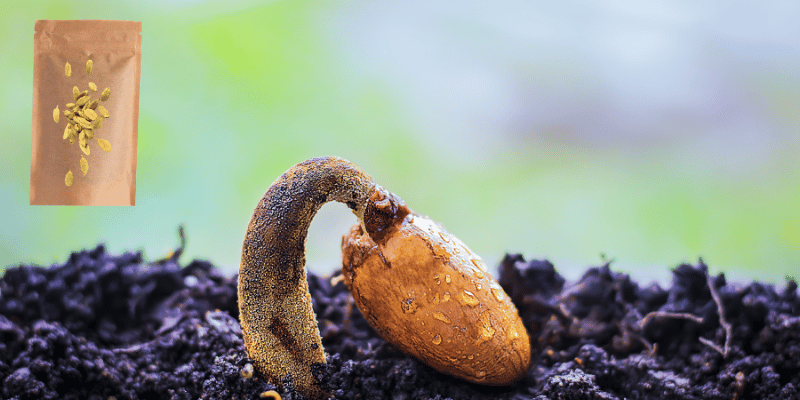
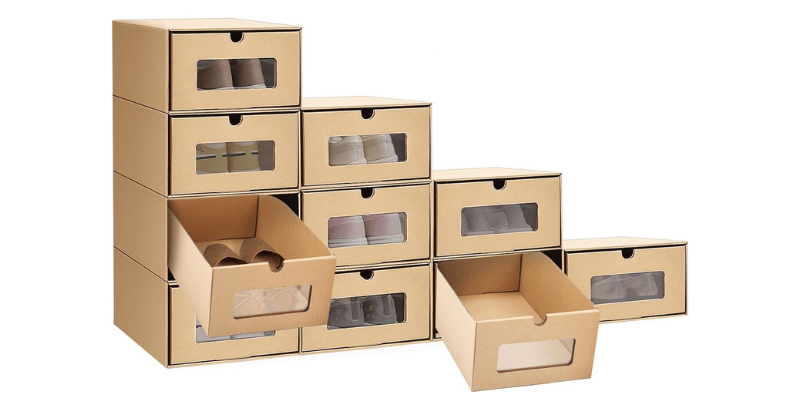
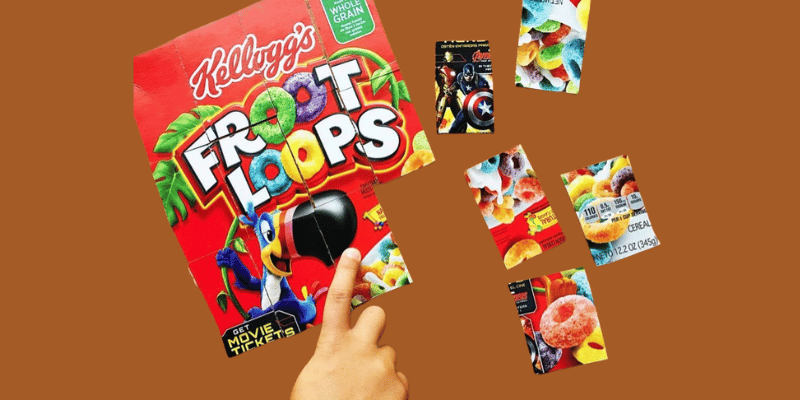
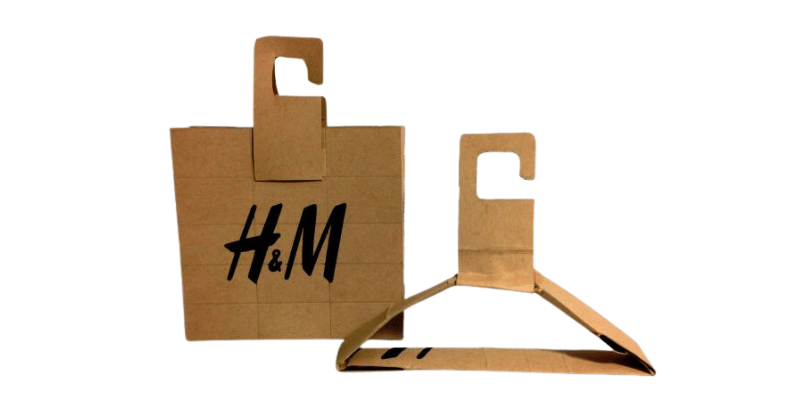
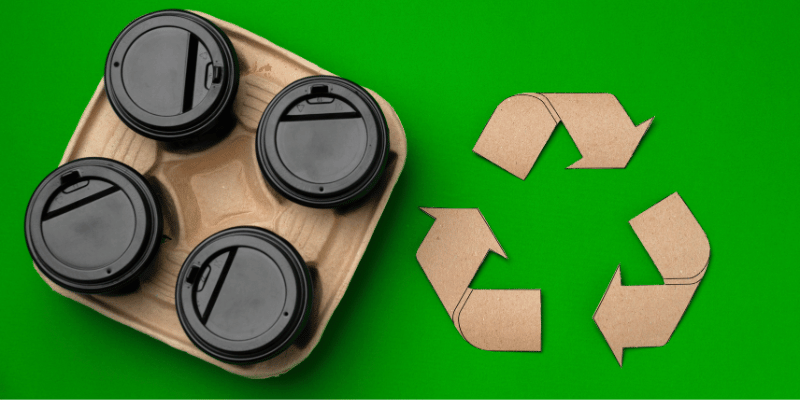
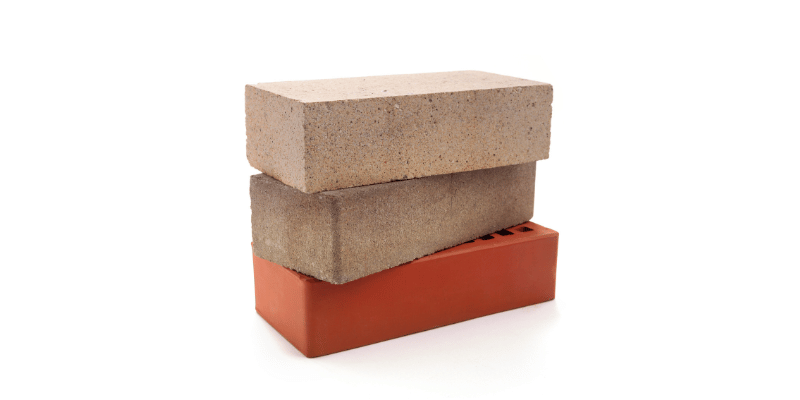
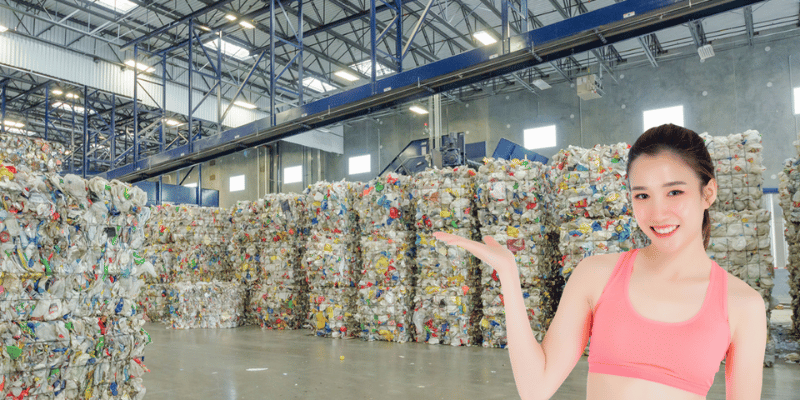
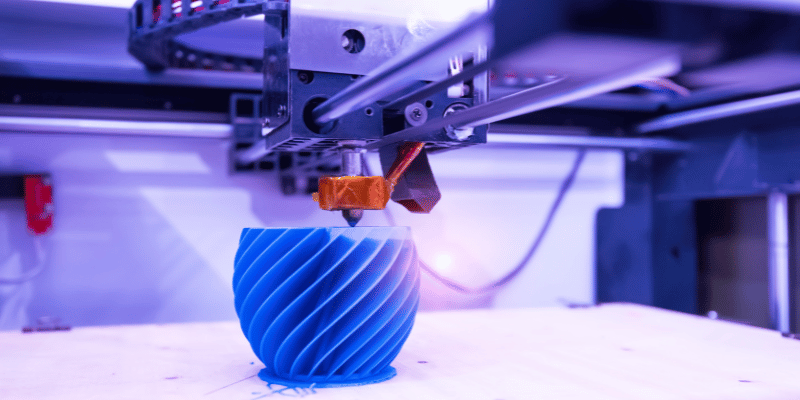
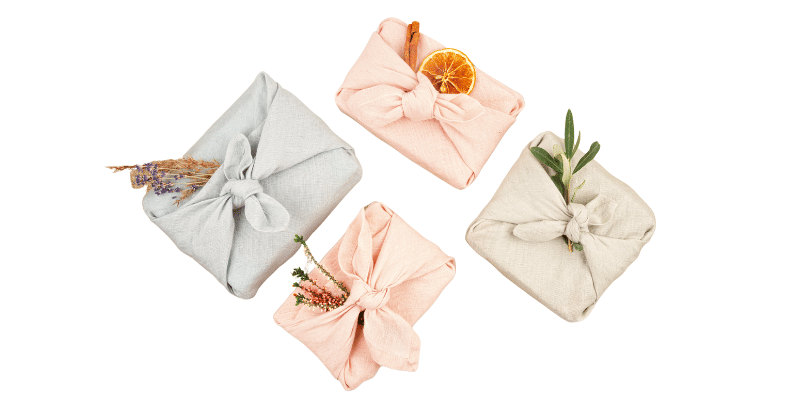
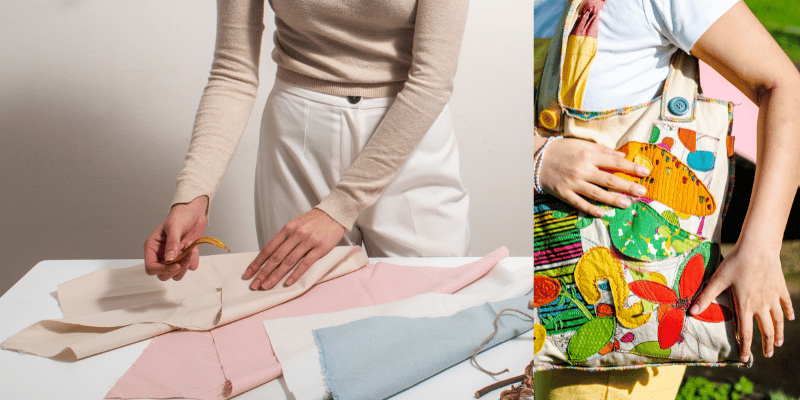
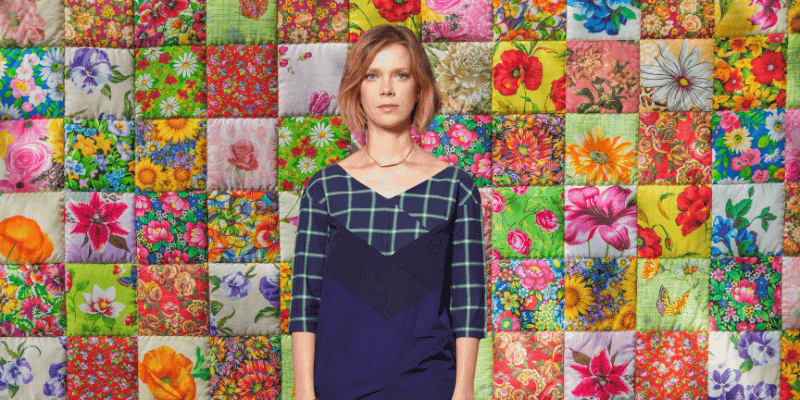
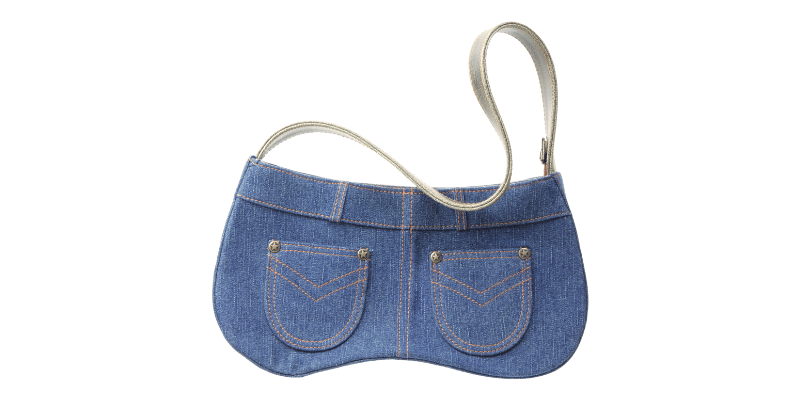
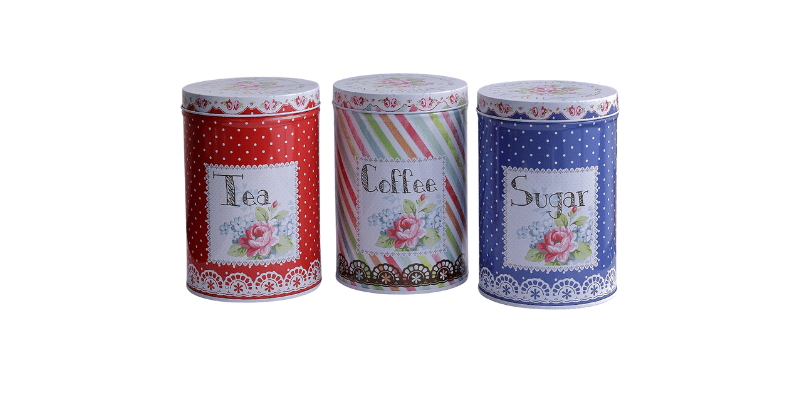
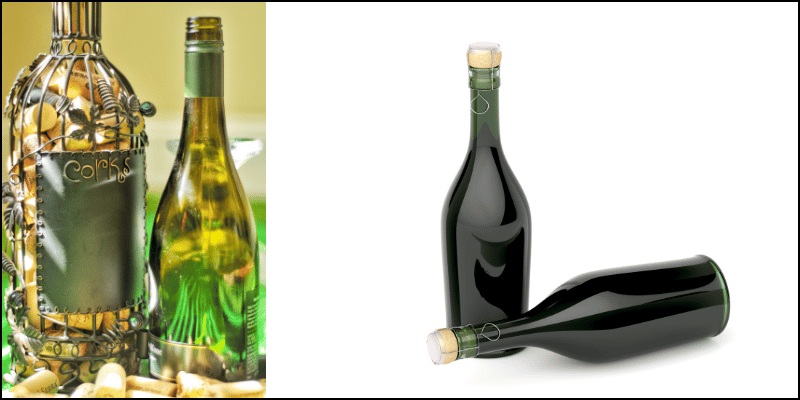
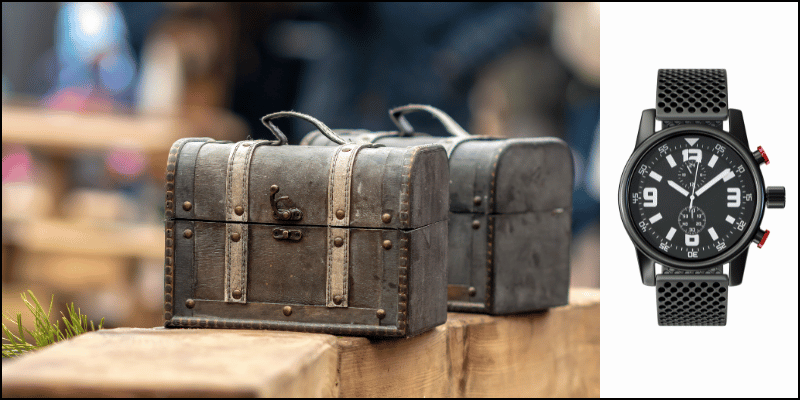
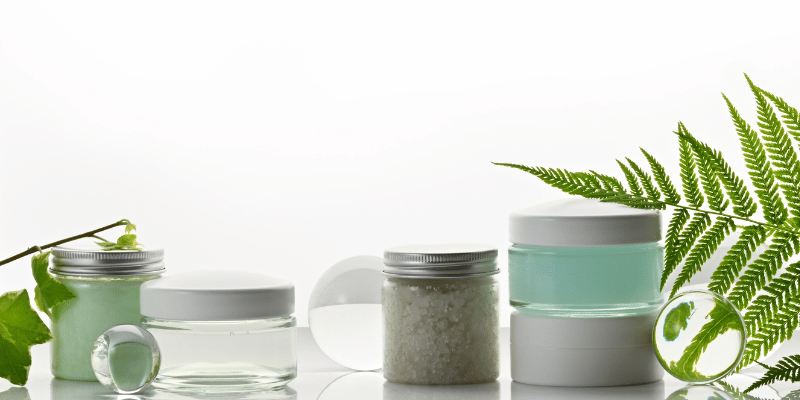



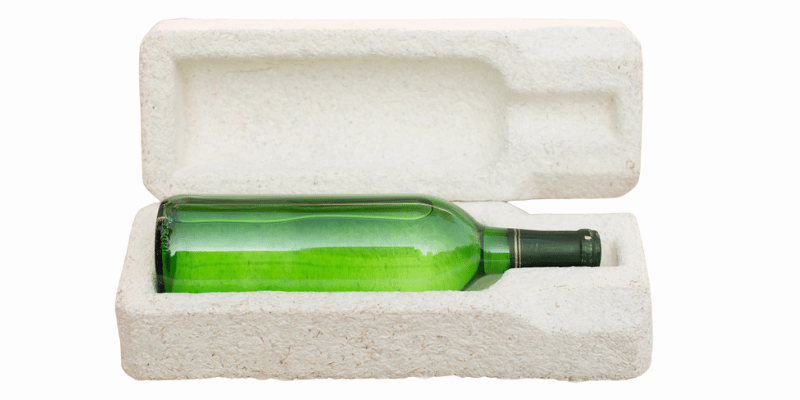
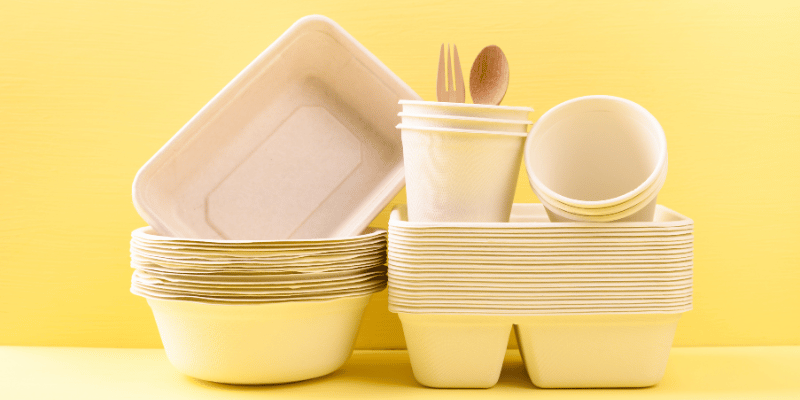
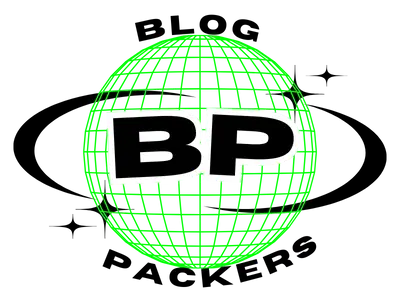
is there any regulation for upcycled packaging?
As such of our knowledge, there might not be specific global regulations. However, the regulations that govern packaging materials, in general, may apply to upcycled packaging as well. These regulations often address issues such as safety, labeling and environmental impact.